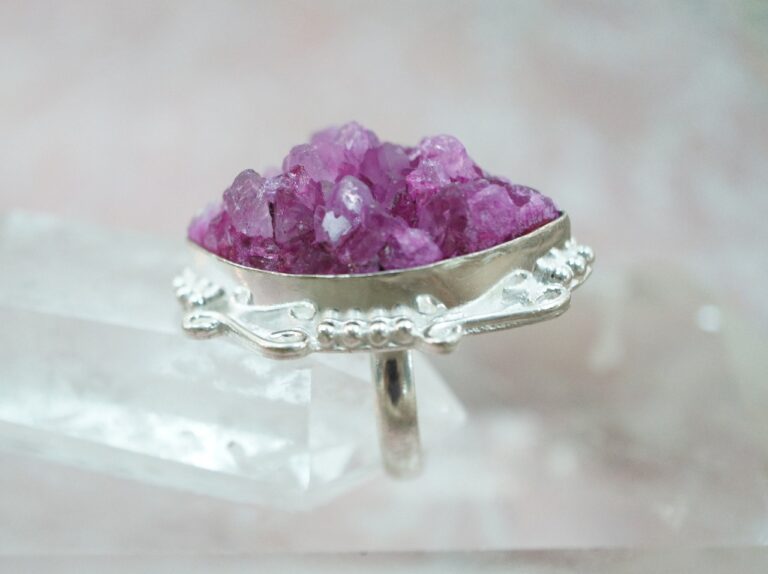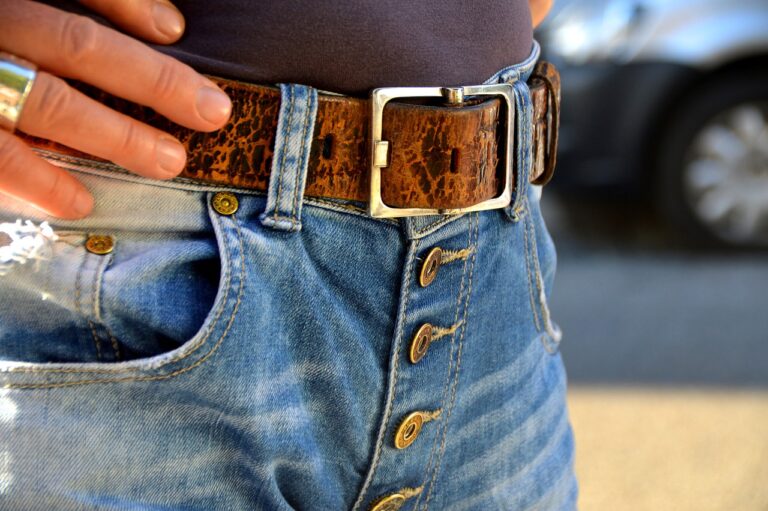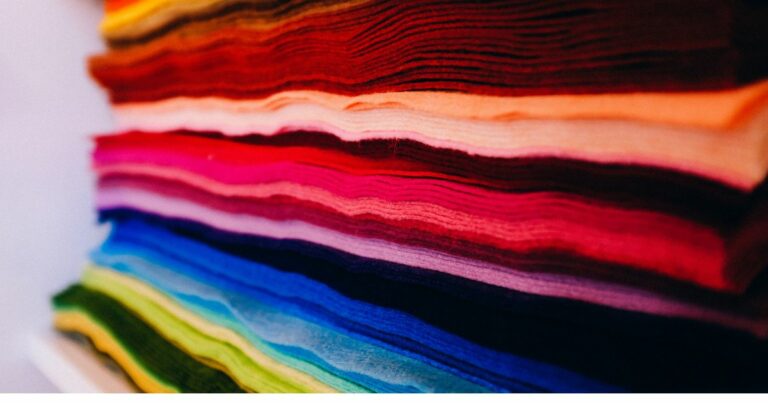Exploring the Growth of Second-Hand Fashion
Sustainable fashion has gained popularity in recent years as consumers become more conscious of the environmental impact of the clothing industry. This movement focuses on creating garments in an ethical manner, ensuring that production processes minimize harm to the planet and its resources. From sourcing eco-friendly materials to promoting fair labor practices, sustainable fashion brands are redefining the way we approach style.
With a growing emphasis on transparency and accountability, consumers are now demanding more information about where and how their clothes are made. This shift towards sustainability has prompted many traditional fashion companies to reevaluate their practices and embrace more eco-friendly initiatives. As awareness continues to spread, the fashion industry as a whole is gradually moving towards a more sustainable future.
The History of Second-Hand Clothing
Second-hand clothing has a rich history dating back centuries, where reusing and repurposing garments was not only a necessity but also a common practice across different cultures. In many societies, passing down clothing from one generation to another was a way to preserve memories and traditions, creating lasting connections between individuals and their belongings.
As industrialization spread during the 19th century, the concept of second-hand clothing began to evolve. Thrift stores and charity shops emerged, offering affordable options for those in need while also providing a sustainable alternative to fast fashion. Over time, the stigma associated with wearing second-hand clothing diminished, and it became a popular choice for individuals looking to express their unique style while reducing their environmental impact.
How did the concept of second-hand clothing come about?
The concept of second-hand clothing can be traced back to ancient times when clothes were often passed down within families or traded within communities.
When did second-hand clothing become more mainstream?
Second-hand clothing became more mainstream during the late 19th and early 20th centuries with the rise of thrift stores and charity shops.
Why has there been a recent surge in popularity of second-hand clothing?
The recent surge in popularity of second-hand clothing can be attributed to the growing awareness of sustainability and the environmental impact of fast fashion.
Are there any benefits to buying second-hand clothing?
Yes, buying second-hand clothing helps reduce waste, save money, and gives old clothes a new lease on life.
How can I incorporate second-hand clothing into my wardrobe?
You can incorporate second-hand clothing into your wardrobe by shopping at thrift stores, vintage shops, or online resale platforms.






